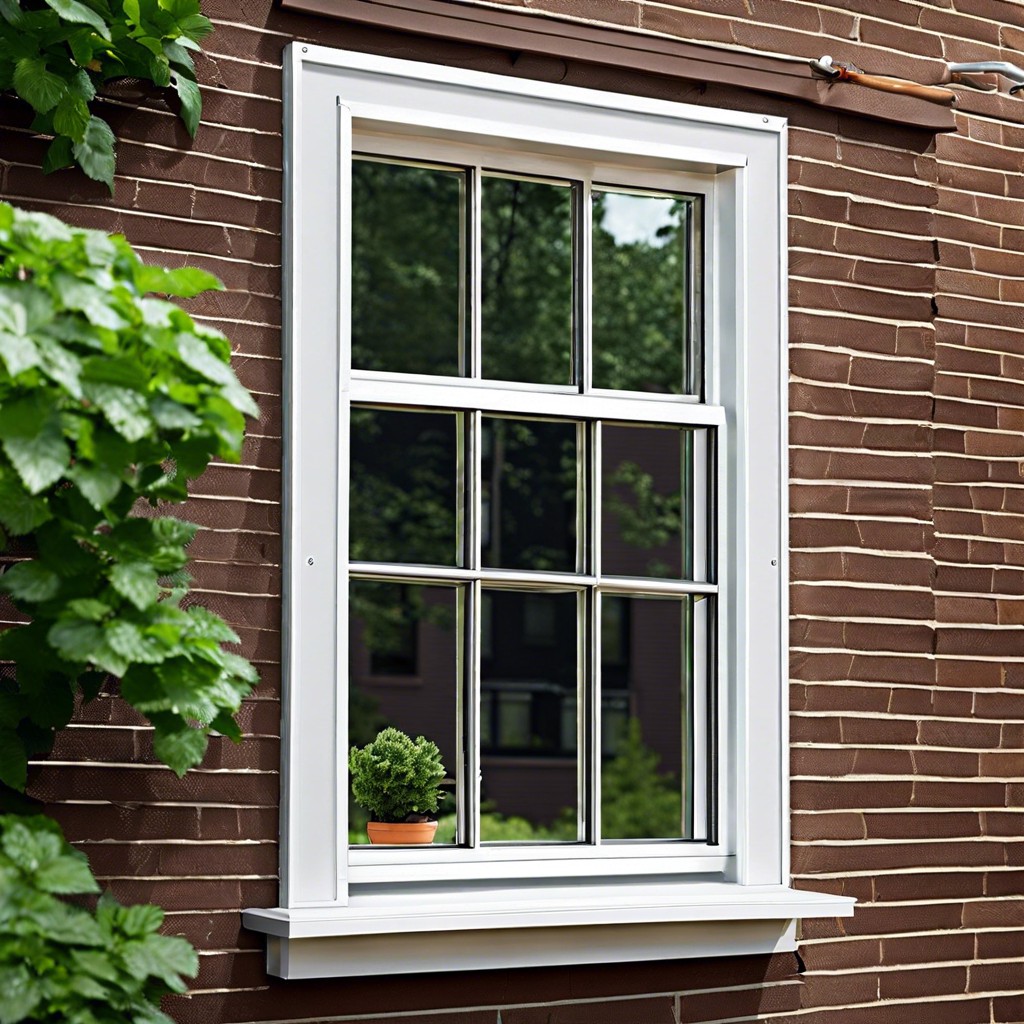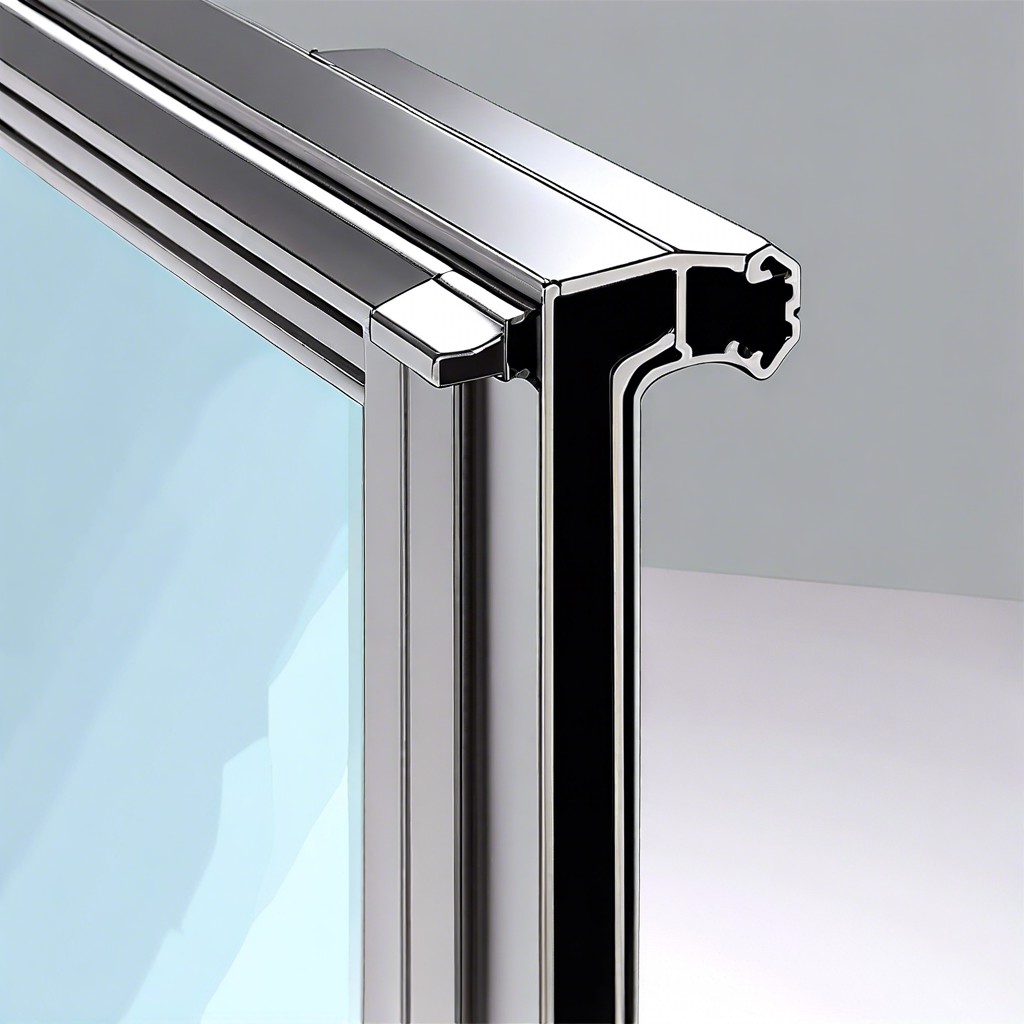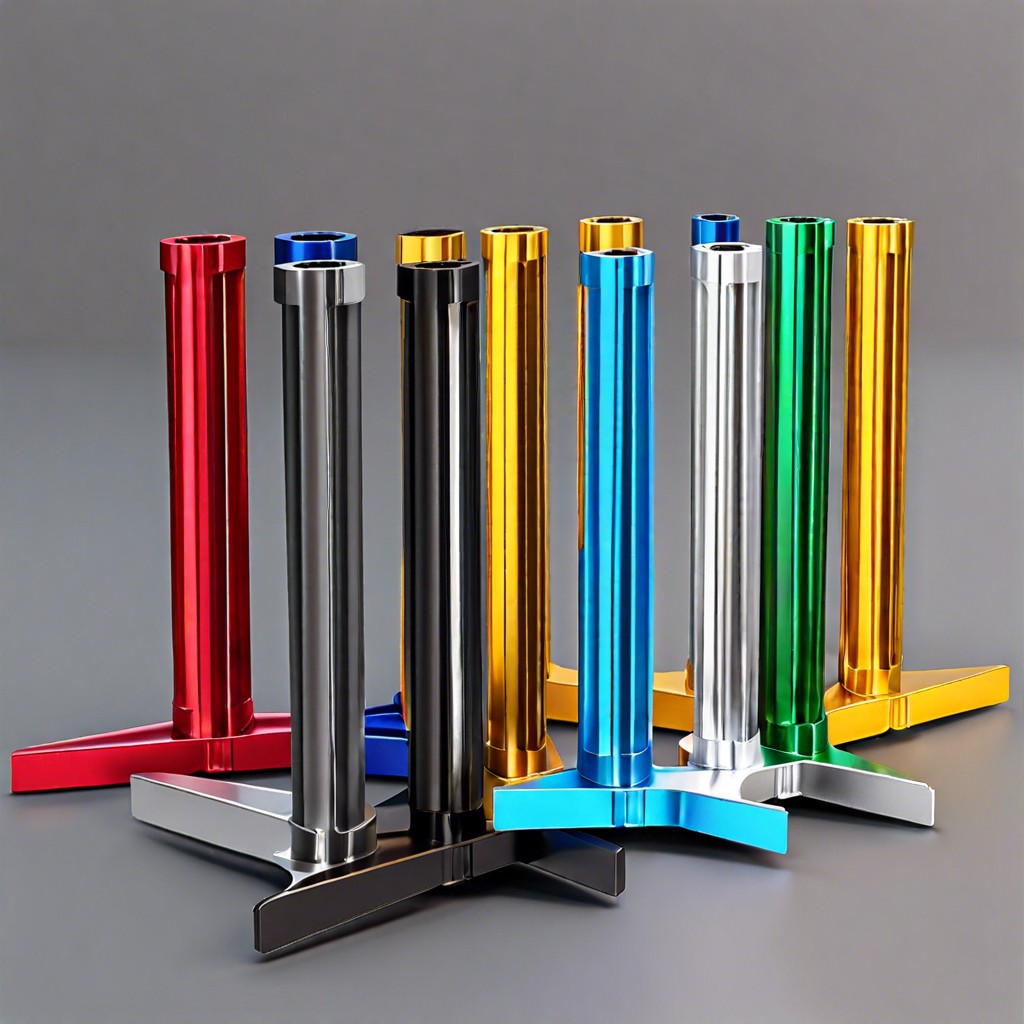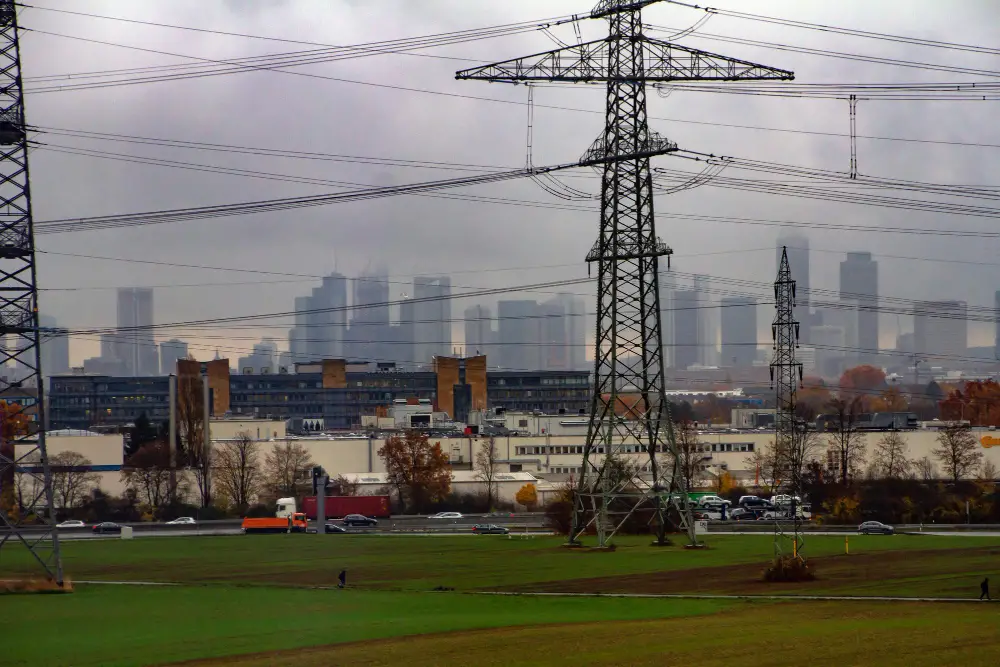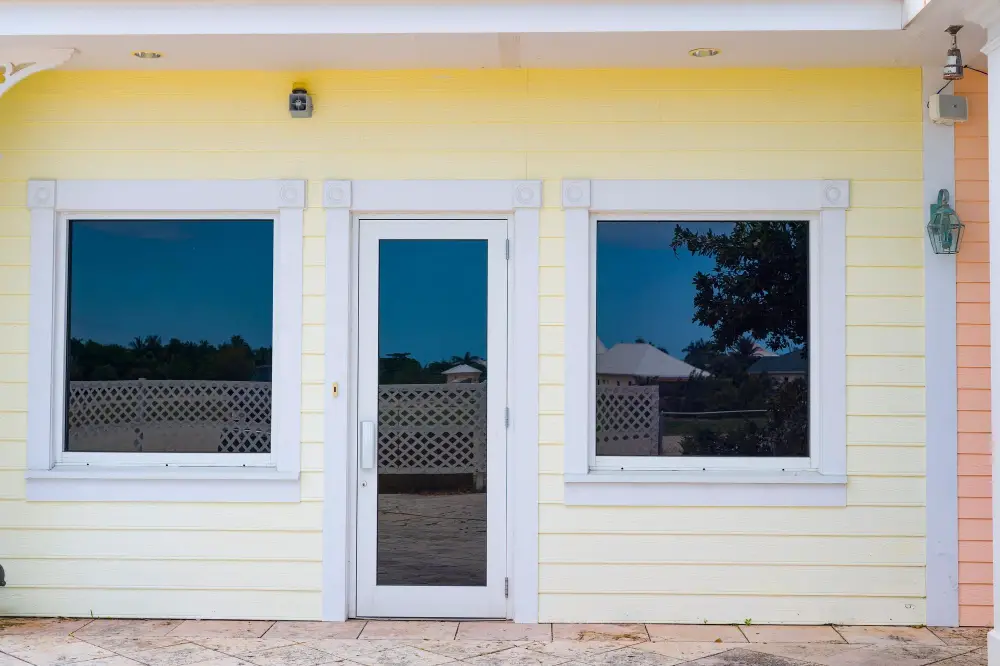Let’s explore how to choose energy-efficient windows tailored to your home’s climate needs.
As I sat in my living room on a cold winter day, I couldn’t help but feel the chill seeping through my windows. Despite cranking up the thermostat and bundling up in layers, my home just couldn’t seem to retain heat.
It was then that I realized how important it is to have energy-efficient windows that are tailored to your home’s needs.
Living in a region with harsh winters and hot summers, I knew that finding the right type of window for my climate was crucial. That’s when I began diving into research about the different types of energy-efficient windows available and how they can impact not only your comfort level but also your wallet.
Through my journey of learning about house windows, I’ve discovered some valuable insights that can help homeowners make informed decisions about their own homes. In this blog post, we’ll explore how you can tailor your window selection based on your climate and ensure maximum energy efficiency for optimal comfort all year round.
Understanding Climate Zones
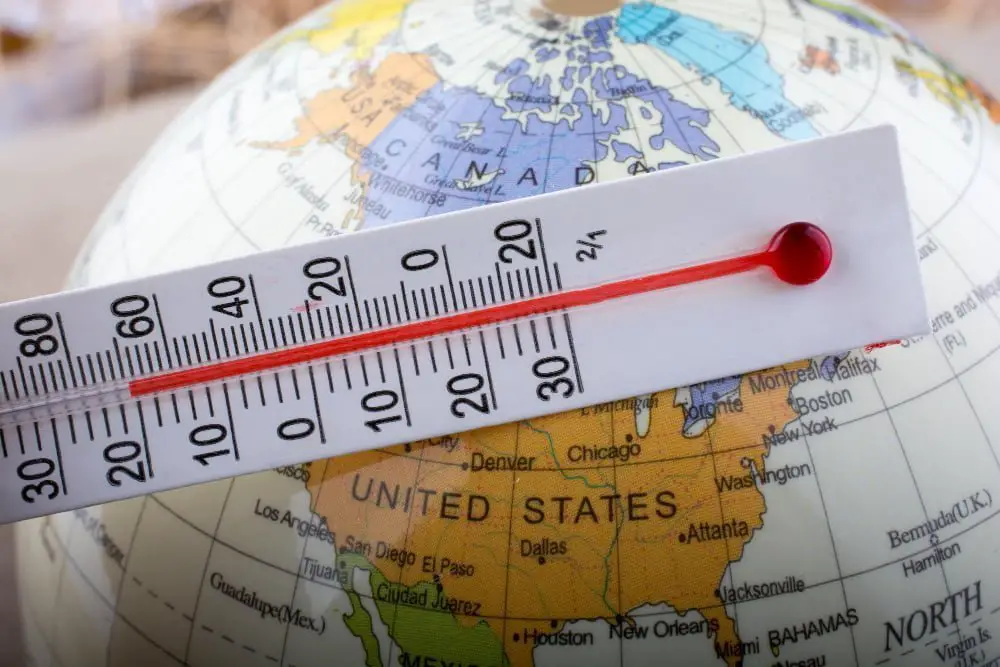
Before we dive into the different types of energy-efficient windows available, it’s important to understand climate zones. The United States is divided into eight climate zones based on temperature and humidity levels.
Each zone has its own unique weather patterns that impact the type of window you should choose for your home. As I researched my own region’s climate zone, I discovered that my area experiences extreme temperatures in both summer and winter months.
This meant that finding a window with high insulating properties was crucial to keep my home comfortable year-round while also reducing energy costs. By understanding your specific climate zone, you can make informed decisions about which type of energy-efficient window will work best for your home’s needs.
Continuing from the intro: After learning about how important it is to consider one’s regional climatic conditions when choosing windows, I began exploring various options available in today’s market. From double-pane glass windows with low-E coatings to triple-pane insulated ones filled with argon gas – there were so many choices! However, not all options are created equal or suitable for every region.
Through extensive research and consultations with experts in this field – including architects who specialize in sustainable design – I learned what factors homeowners need to consider before making their final decision on an appropriate choice of an efficient house-window system tailored specifically towards their local environment.
Choosing energy-efficient windows tailored towards one’s regional climatic conditions can help reduce heating/cooling bills while keeping homes comfortable throughout each season. By taking time upfront researching different types available as well as consulting professionals such as architects specializing in sustainable design practices- homeowners can ensure they’re making informed decisions regarding their investment into more eco-friendly living spaces without sacrificing comfort or style!
Window Materials & Insulation
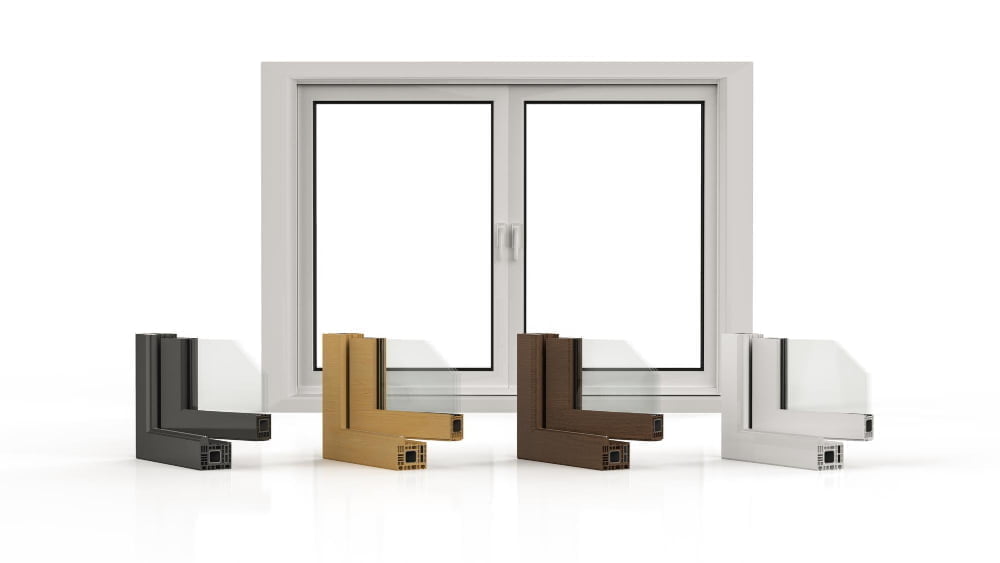
When it comes to energy-efficient windows, the materials and insulation used play a crucial role in determining their effectiveness. As I continued my research on house windows, I learned that different window materials have varying levels of insulation properties.
For example, vinyl frames are known for their excellent thermal performance and low maintenance requirements. On the other hand, wood frames provide natural insulation but require more upkeep than vinyl or fiberglass options.
In addition to frame material selection, glass type also plays a significant role in energy efficiency. Double-pane or triple-pane glass with argon gas fillings can significantly reduce heat transfer through your windows compared to single-pane options.
It’s essential to consider these factors when selecting new windows for your home based on your climate needs. For me personally living in an area with harsh winters and hot summers meant opting for double-paned vinyl-framed windows filled with argon gas as they provided optimal thermal performance while requiring minimal maintenance.
By taking into account both window material selection and proper installation techniques tailored towards specific climates homeowners can ensure maximum comfort all year round while saving money on heating/cooling bills!
Glazing Technologies
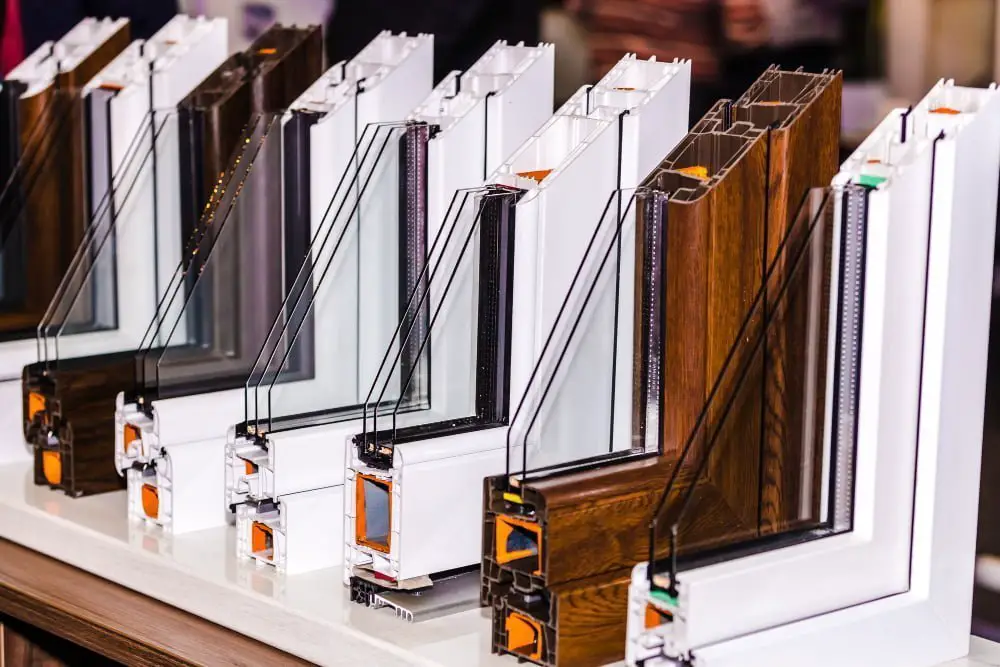
When it comes to energy-efficient windows, one of the most important factors to consider is glazing technology. Glazing refers to the glass used in a window and its ability to insulate against heat loss or gain.
Living in an area with harsh winters, I knew that finding windows with high-performance glazing was crucial. Double-pane or triple-pane windows are great options for colder climates as they provide extra insulation by trapping air between layers of glass.
However, when researching further into different types of glazes available on the market today, I discovered that low-emissivity (Low-E) coatings can also make a significant impact on energy efficiency. These coatings work by reflecting infrared light back into your home during winter months while blocking out unwanted heat during summer months.
It’s essential for homeowners living in different climates across North America – from hot and humid regions like Florida and Texas to cold areas such as Minnesota -to understand how their climate affects their choice of window technology. By selecting appropriate glaze technologies tailored specifically towards your region’s weather patterns, you can ensure maximum comfort levels all year round while saving money on heating and cooling costs over time!
Frame Selection Guide
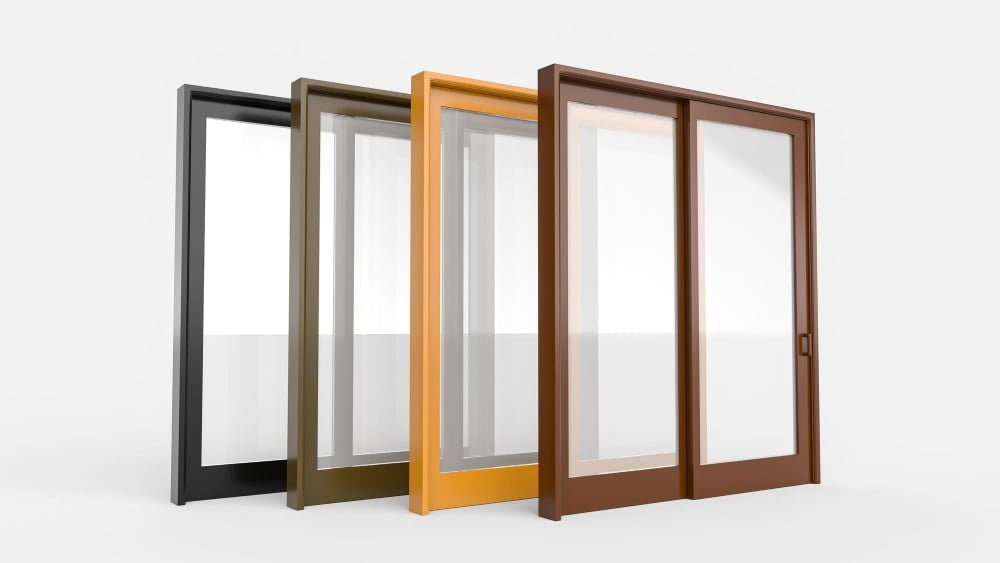
The frame selection is just as important as the glass. The right frame can help prevent heat loss and air leakage, which ultimately translates into lower energy bills.
For those living in colder climates like mine, vinyl frames are a popular choice due to their excellent insulation properties. They’re also low maintenance and affordable compared to other materials like wood or aluminum.
However, for those living in hotter climates with more sun exposure throughout the year, fiberglass frames may be a better option. They have superior durability against extreme temperatures and UV rays while still providing good insulation.
As I continued my research on window frames tailored for different climates across North America’s regions – from Alaska’s frigid winters to Florida’s hot summers – I realized that there isn’t one-size-fits-all when it comes to selecting an energy-efficient window frame material. It all depends on your home’s location and climate conditions.
By taking these factors into account during your decision-making process about new windows installation or replacement project you’ll ensure maximum comfort level inside your home while saving money on utility bills over time!
Solar Heat Gain Coefficient

One of the most important factors to consider when choosing energy-efficient windows is the Solar Heat Gain Coefficient (SHGC). This measures how much solar radiation passes through a window and enters your home as heat.
In warmer climates, you want a lower SHGC to reduce unwanted heat gain, while in colder climates, you want a higher SHGC to maximize passive solar heating.
After learning about this crucial factor in my research journey, I realized that my current windows were not suitable for my climate. They had a high SHGC which was causing excessive heat gain during summers and making it difficult for me to keep my home cool.
It was time for an upgrade!
I began exploring different options with lower SHGC values that would help me save on cooling costs during hot summer months without compromising on natural light or views from outside.
By tailoring your window selection based on your specific climate needs and considering factors like the Solar Heat Gain Coefficient, you can ensure maximum energy efficiency and comfort all year round while also reducing your carbon footprint!
U-Value Considerations
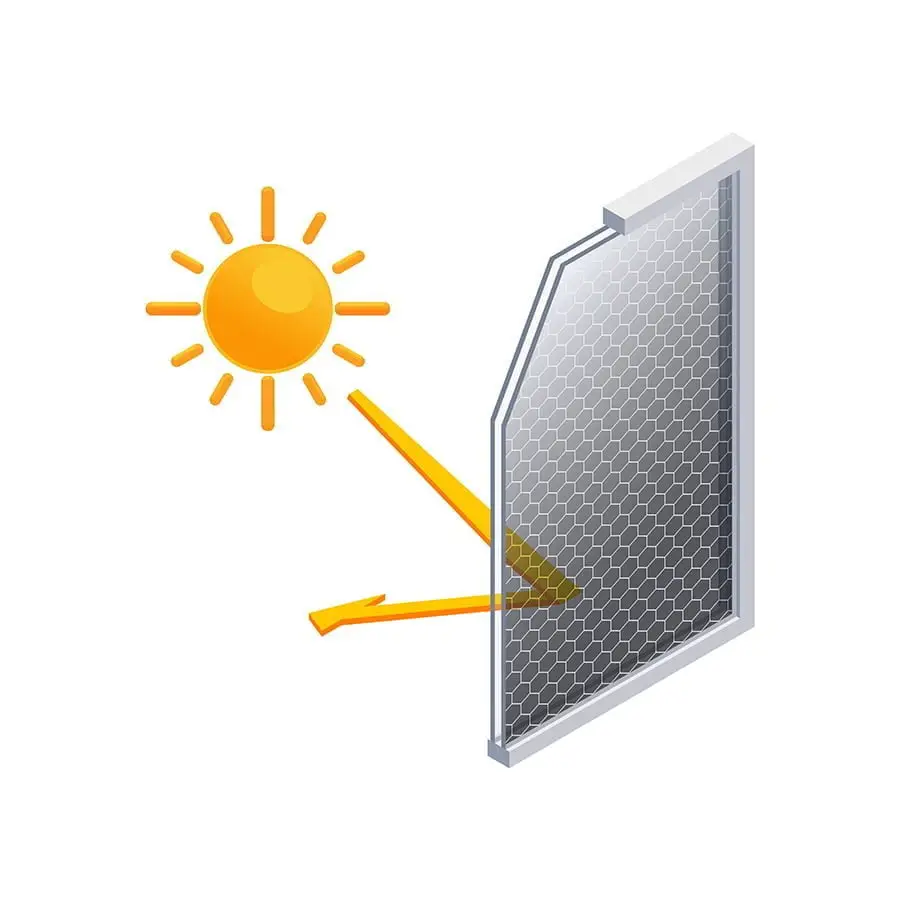
When it comes to energy-efficient windows, one of the most important factors to consider is the U-value. This value measures how well a window can prevent heat from escaping your home.
The lower the U-value, the better insulation your window provides.
Living in an area with harsh winters like mine means that I needed windows with a low U-value to keep my home warm and cozy during those cold months.
However, if you live in a warmer climate where air conditioning is used more frequently than heating systems, then you may want to prioritize windows that have low solar heat gain coefficient (SHGC) values instead.
It’s essential for homeowners to understand their specific climate needs when selecting energy-efficient windows for their homes. By doing so, they can ensure maximum comfort and savings on their utility bills throughout every season of the year.
Choosing energy-efficient windows tailored specifically for your region’s climate is crucial in maintaining optimal comfort levels while also saving money on heating or cooling costs. So whether you’re living through hot summers or freezing winters like me – make sure you take into account both SHGC and U-values when selecting new house windows!
Window Installation Tips
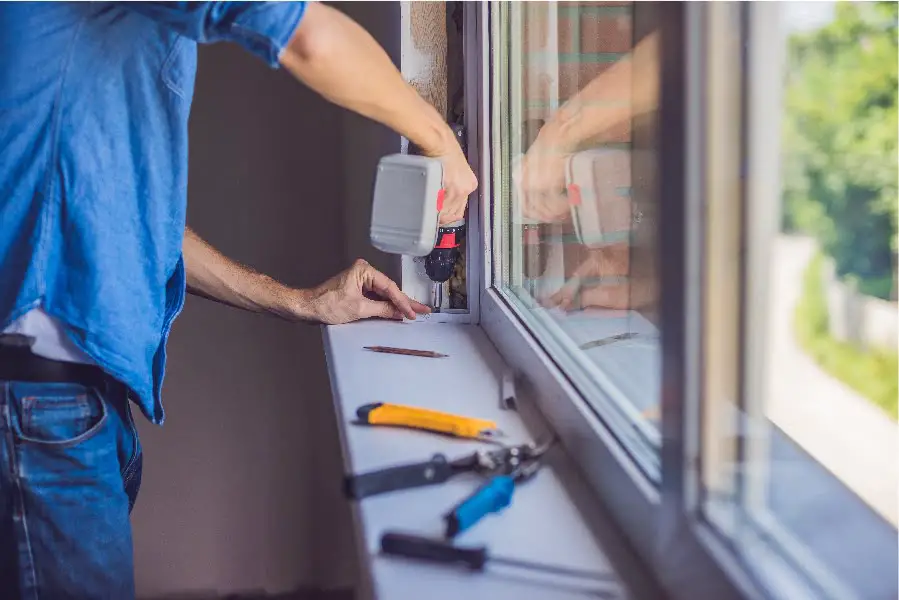
Once you’ve selected the right type of energy-efficient window for your climate, it’s important to ensure that they are installed correctly. Poor installation can lead to air leaks and reduce the effectiveness of even the most energy-efficient windows.
When I had my new windows installed, I made sure to hire a professional who was experienced in installing energy-efficient windows. They were able to properly seal any gaps or cracks around the window frame and ensure that there was no air leakage.
Another tip is to consider adding weatherstripping around your existing windows if you’re not ready for a full replacement yet. This can help reduce drafts and improve insulation without breaking the bank.
By taking these steps during installation, you’ll be able to maximize your home’s energy efficiency potential with minimal effort on your part. And trust me when I say – investing in quality installation will pay off in both comfort level and savings on utility bills over time!
Recap
